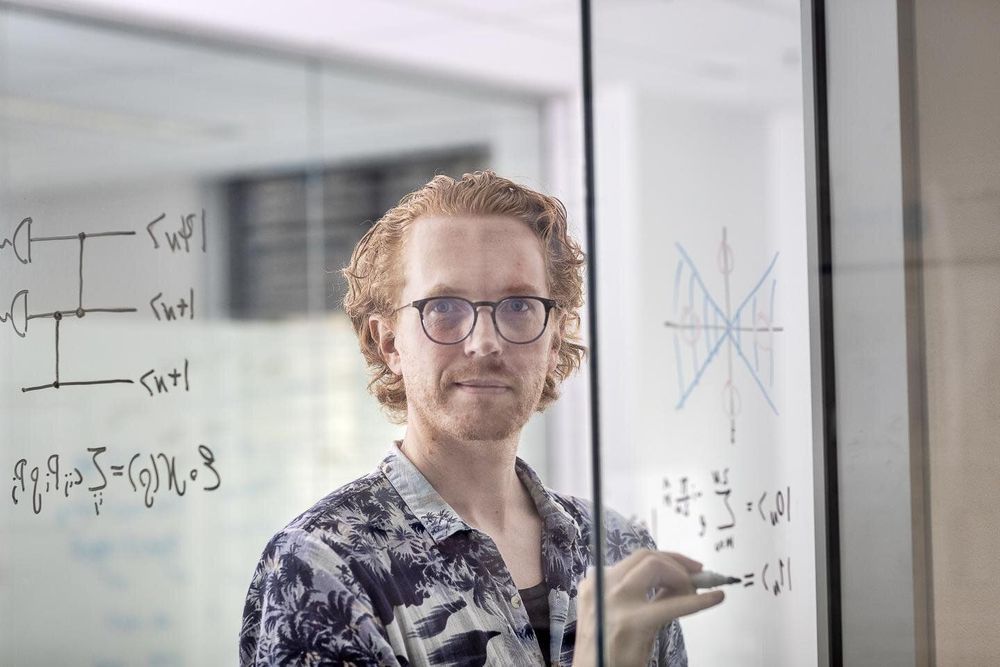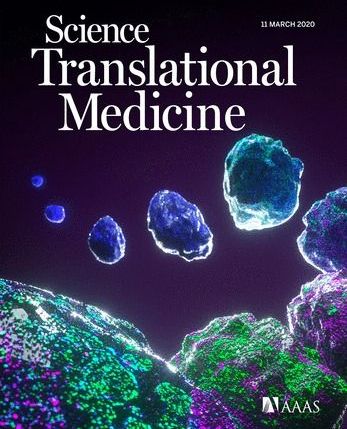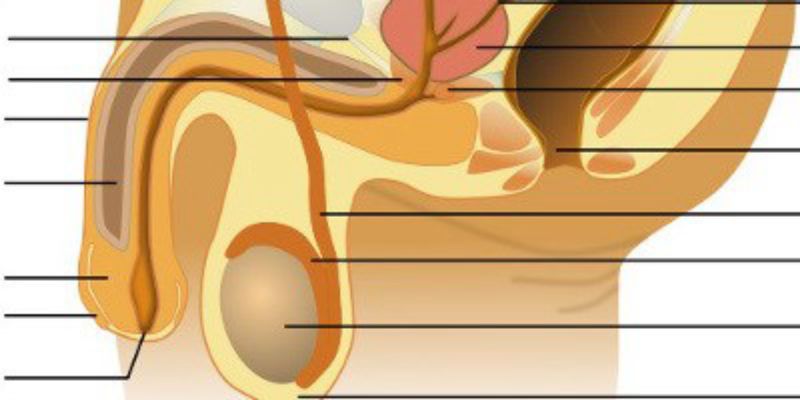Scientific and medical communities worldwide are using AI to understand and contain Covid-19, treat infected patients, and ultimately develop vaccines that prevent future outbreaks.



Scientists in Australia have developed a new approach to reducing the errors that plague experimental quantum computers; a step that could remove a critical roadblock preventing them scaling up to full working machines.
By taking advantage of the infinite geometric space of a particular quantum system made up of bosons, the researchers, led by Dr. Arne Grimsmo from the University of Sydney, have developed quantum error correction codes that should reduce the number of physical quantum switches, or qubits, required to scale up these machines to a useful size.
“The beauty of these codes is they are ‘platform agnostic’ and can be developed to work with a wide range of quantum hardware systems,” Dr. Grimsmo said.

We will be issuing ticket refunds to attendees, who cannot attend the new date.
Berlin / Mountain View, March 12, 2020.
Forever Healthy Foundation and SENS Research Foundation have decided to reschedule Undoing Aging 2020 to October, 21–23. Following the WHO’s declaration of COVID-19 as a pandemic, we will do our share to prevent it from spreading further. We will be issuing ticket refunds to attendees, who cannot attend the new date.
The Undoing Aging Conference in October will be focused on the cellular and molecular repair of age-related damage as the basis of therapies to bring aging under full medical control and will bring together scientists and startups from around the globe, all pioneers in their respective fields, who are leading the charge in maintaining and restoring full health in old age.
Nicola Bagalà is one of the best advocates of rejuvenation therapies that I know. I follow him since he did a blog called “Rejuvenaction” some years ago. In this video, he discusses in a profound way a very important question. I ask everybody of the rejuvenation community: don’t miss this video, let’s spread it on YouTube, Facebook and social media, and let’s give this video the audience it needs and deserves. It’s not everyday we have such opportunity.
Does biological aging qualify as a disease? Does this affect the development of therapies that treat and prevent age-related diseases? Here’s Nicola’s take on the subject.
Liked the show? Let us know on Twitter at https://twitter.com/lifespanio or our Discord server at https://discord.gg/HwTX7gR
Facebook: https://www.facebook.com/lifespanio/
LinkedIn: https://www.linkedin.com/company/lifespanio
Instagram: https://www.instagram.com/lifespan.io
Website: https://www.leafscience.org/
Stock contents: Videoblocks


Those calling for a government-funded universal basic income are acting as though it’s a hot new idea. It’s not. It’s been tried before—and it didn’t work.
In essence, universal basic income—also known as guaranteed minimum income—provides cash payments to all citizens, regardless of need.
Advocates range from tech billionaires Elon Musk and Mark Zuckerberg to libertarian scholar Charles Murray.

Researchers have found that homeowners who seed their lawns with a special grass mix can feed dozens of species of bees that would otherwise go hungry. So, beginning this spring, Minnesota will pay thousands of residents to plant “bee lawns” under a new state program that has attracted attention from other states. Each homeowner will get as much as $350 to do the work.
Why grass mix brings all the bees to the yard.

Ann Druyan, who co-wrote the original 1980s series with her late husband, is back at work as this season’s executive producer, writer and director. Her book, “Cosmos: Possible Worlds,” was recently published as a companion to the series, which will be aired on March 9 at 8/7c on National Geographic. We were lucky enough to catch up with Druyan to talk more about her latest projects.
You’ve described this season of “Cosmos” as the “boldest” season yet. Can you elaborate on that, without giving too much away?
I think it’s the boldest in that it appears to present such an optimistic vision of the future, and that sets it apart, I think, in many ways from most of our entertainment. Of course, our entertainment is just a reflection of the reality we’re coping with, but this “Cosmos” is not only a vision of a magnificent future, but a vision of a magnificent future if we learn to use our science in high technology with wisdom. It’s the future we can still have and so many of the stories in both book and show are the stories of our ancestors who endured terrible situations. Every single person alive today is descended from humans who have been back to the wall repeatedly, but rose to the challenge.
And so, [the theme of] “possible worlds” works on many different levels. It’s the possible worlds of exoplanets we’ve yet to discover. It’s the possible world within, the science of our brains and the dream of creating connectomes similar to a genome — one consisting of all our thoughts, associations, memory.
Hi all! I hope you’re doing well and staying healthy! As a hobby, I have begun a futurist YouTube channel. I have just uploaded a video on why I personally believe that there may be an exodus to virtual reality in the future. Please take a look at it and subscribe and like it if you enjoyed the video!
Virtual reality is oftentimes the ultimate promise of science-fiction. Leaving behind the boring real-world for an exciting world that operates outside the bounds of reality is something that is promised to us by sci-fi. But does that mean that a large number of people would be willing to do that forever? Here’s why I believe they would.
Please like and follow our facebook page at: https://www.facebook.com/The-Futurist…
For business inquires, please contact [email protected]
